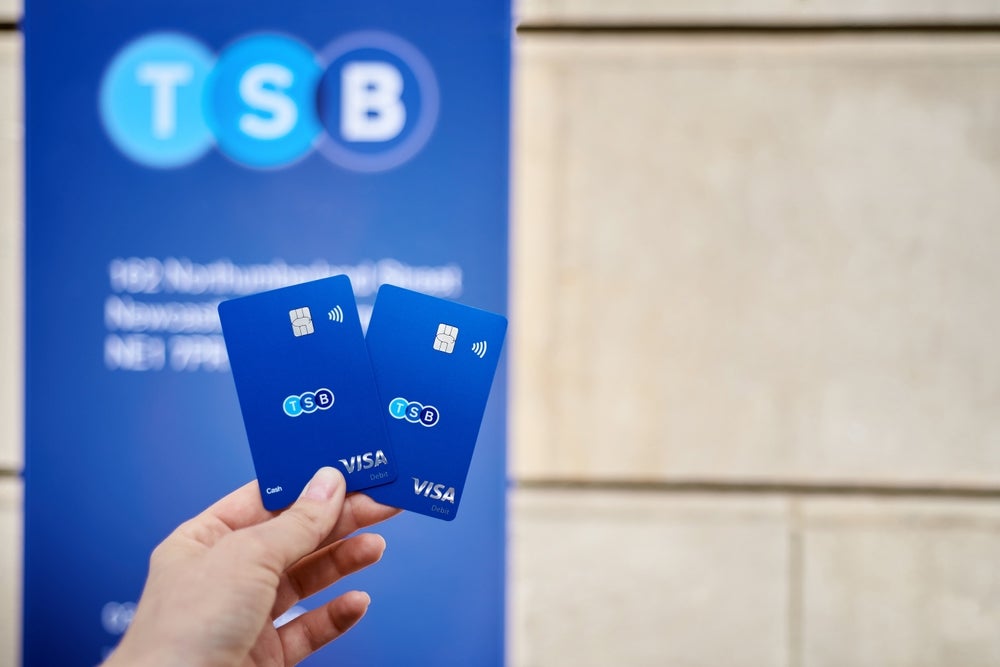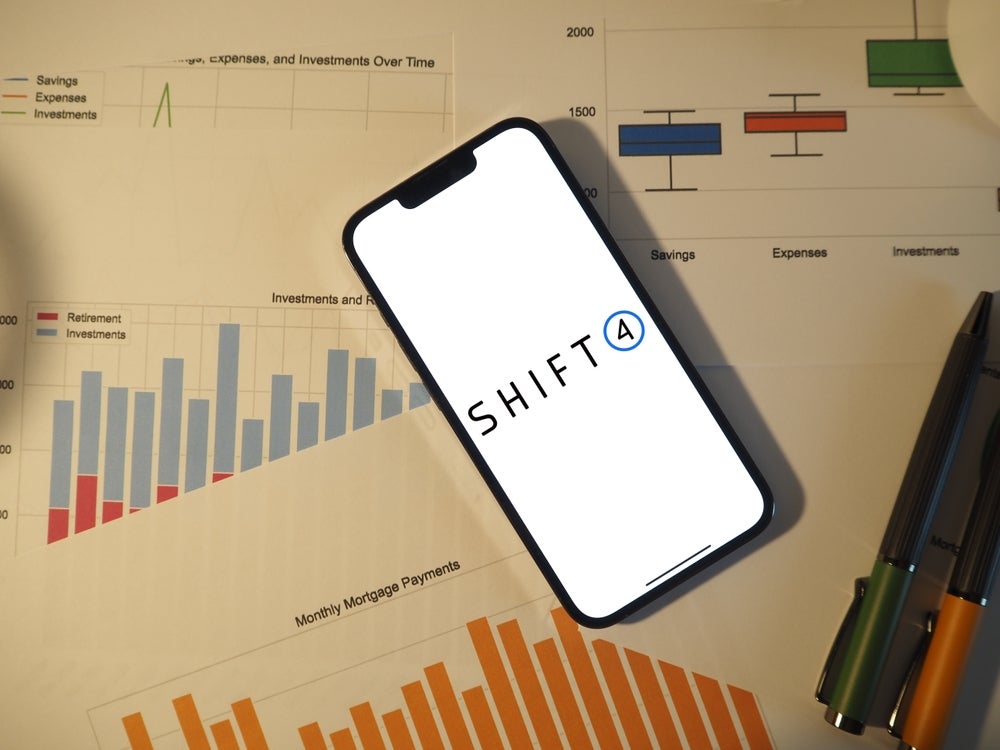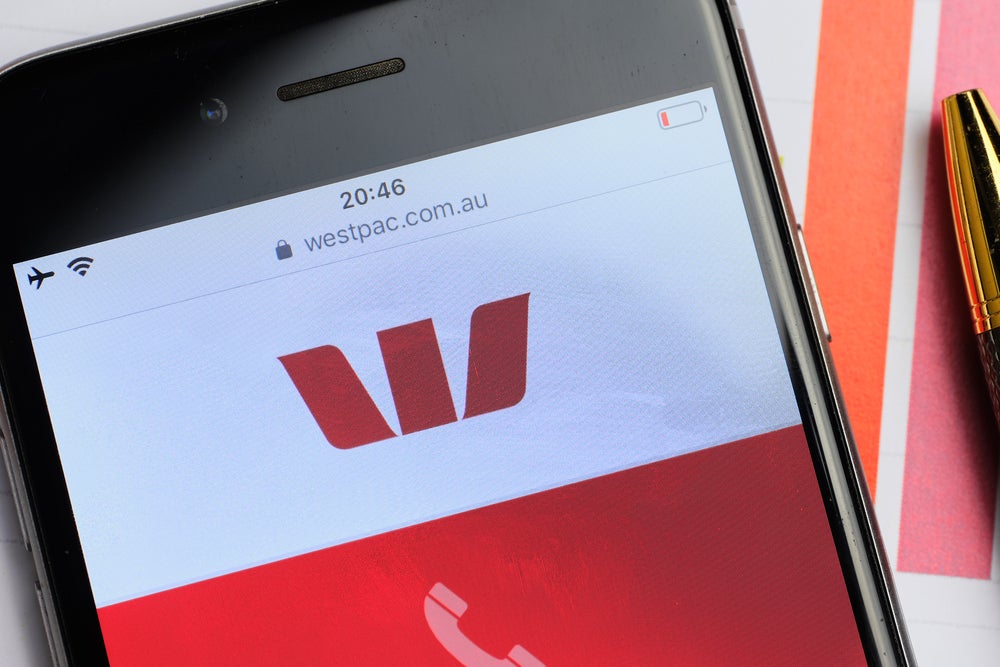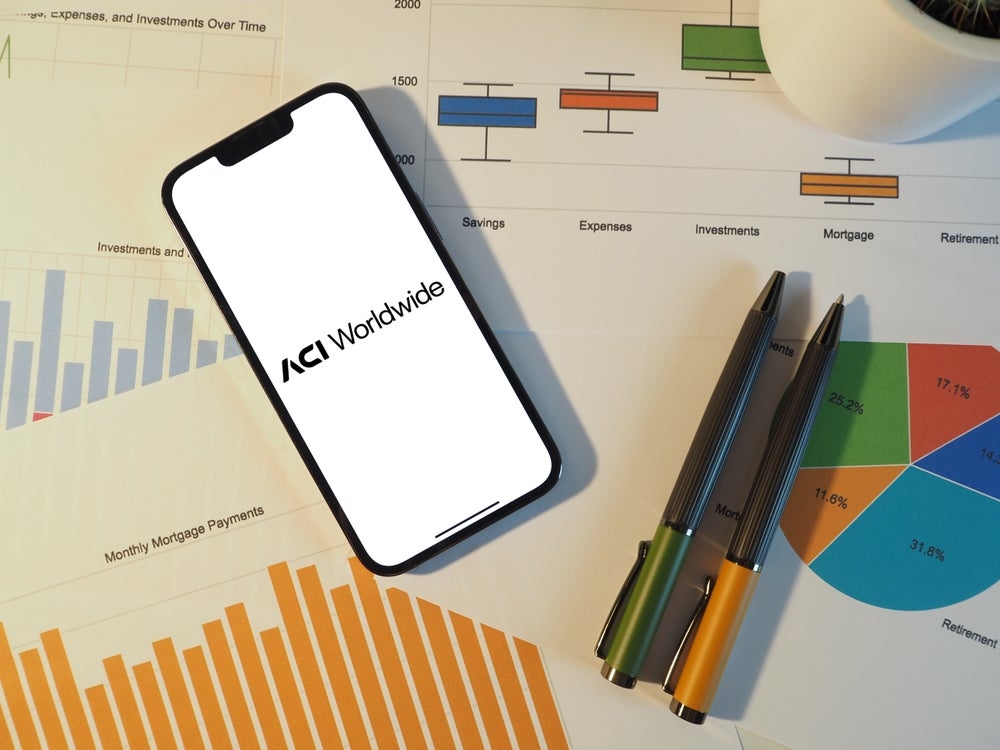There are constant discussions on how to attract the millennial market. This has never been more prevalent as the millennial sector, roughly aged between 18 and 35, are now coming into the peak of their purchasing power and economic productivity. How can banks attract this bunch? Patrick Brusnahan reports
Descriptions of millennials are many and varied. One of the most common adjectives used is digital-savvy, a huge group that cannot live without their smartphones to hand. This is crucial considering the spread of mobile phone technologies across the world, both in developing and developed economies.
Payment systems company VocaLink surveyed over 4,000 millennials to understand how technology and social media influences their lives and how this affects their view of payments.
Inseparable from technology
Samsung is the millennials’ choice of phone in Germany, Italy and the Netherlands, according to VocaLink, with 44%, 41%, and 39% of market share respectively. However, in the UK, iPhone ownership eclipses Samsung with 46% of market share and only 30% using Samsung models.
However, rather than reaching for tablets, millennials continue to prefer laptops and PCs. 68% of German millennials continue to use a laptop or PC while only 41% use a tablet. In the UK, the gap is smaller with 65% of millennials using a laptop or PC while 52% use a tablet, the largest proportion of these being an iPad.
How well do you really know your competitors?
Access the most comprehensive Company Profiles on the market, powered by GlobalData. Save hours of research. Gain competitive edge.

Thank you!
Your download email will arrive shortly
Not ready to buy yet? Download a free sample
We are confident about the unique quality of our Company Profiles. However, we want you to make the most beneficial decision for your business, so we offer a free sample that you can download by submitting the below form
By GlobalDataUnfortunately, wearables have not received the same amount of success. While one in five US millennials own some form of wearable technology, in the four European countries that VocaLink surveyed, none of them broke 10%.
71% of Italian millennials said they couldn’t live without their smartphones. 68% of their Dutch counterparts and 61% of Brits agreed. Even 54% of German millennials believed they couldn’t live without their device.
There are many reasons for this. 75% of UK millennials liked technology that allowed them to tailor things to fit their needs and smartphones fell into this area. 80% of Italian millennials agreed that technology, such as smartphones or laptops, gave them more freedom of mobility.
Millennials and their money
A majority of millennials’ banking is done online, particularly via laptop or PC, rather than at branches or via ATMs. In the Netherlands, physical or voice interaction with banks seems to be almost dying out, according to VocaLink.
While cheques remain stubbornly popular in the US, it is a different story in Europe where many now scan cheques online. In the Netherlands, 27% of millennials who deposit cheques now do so using a laptop or PC and 27% use their mobile phones. However, only 6% of Dutch millennials use cheques.
In fact, one UK millennial, aged between 18 and 25, said: “I sent my brother a cheque last year, but purely as a joke to make him wait for his money.”
While cash and bank transfers are still the most popular forms or payment, 13% of Dutch and 14% of Italian millennials have adopted mobile payments. 32% of Italian millennials use PayPal to make international P2P payments, with 29% of German, 27% of Brits and 17% of Dutch also using this comfort.
What does this all mean?
While the results from this survey suggest that millennials are looking towards technology for their banking and payments solutions, it does not get any more specific than that.
Depending on the country, it could be any number of options. 65% of Italians agree that they ‘prefer to be able to manage all of their accounts via one mobile app or website’ while a mere 36% of German millennials feel the same way.
Similarly, 64% of Italians agree they ‘wish they had more control over the way people pay or reimburse them’ while only 29% of Dutch millennials agreed with that statement.
These varied opinions even go into the security side of things. 42% of Dutch millennials would prefer to use fingerprint scanning to pay by mobile, but 42% of British and German millennials wanted to use eye scans to verify payments.
The millennial shift is in no particular direction. What it does highlight is that there is a desire for more options. Whether that is instant payments or biometric authentication, there are factors that influence how millennials bank and make payments.
Choice is crucial. The report states ‘millennials seems to resent anything that requires them to pay or be paid in a particular way’. Banks need to be able to offer everything and offer it well. Otherwise, this market, which is still growing, is going to aim its sights elsewhere.
Some key statistics
- 88% of British millennials receive their salary by bank transfer, with 6% being paid in cash;
- 45% of Dutch millennials sell goods online, 78% by bank transfer and 16% via mobile payment;
- One in four UK millennials are currently making mobile payments;
- 58% of UK millennials would be more likely to use a new mobile payment service if provided by their own bank, and
- More than half of millennials agreed that they ‘would like to be able to make instant payments’.







